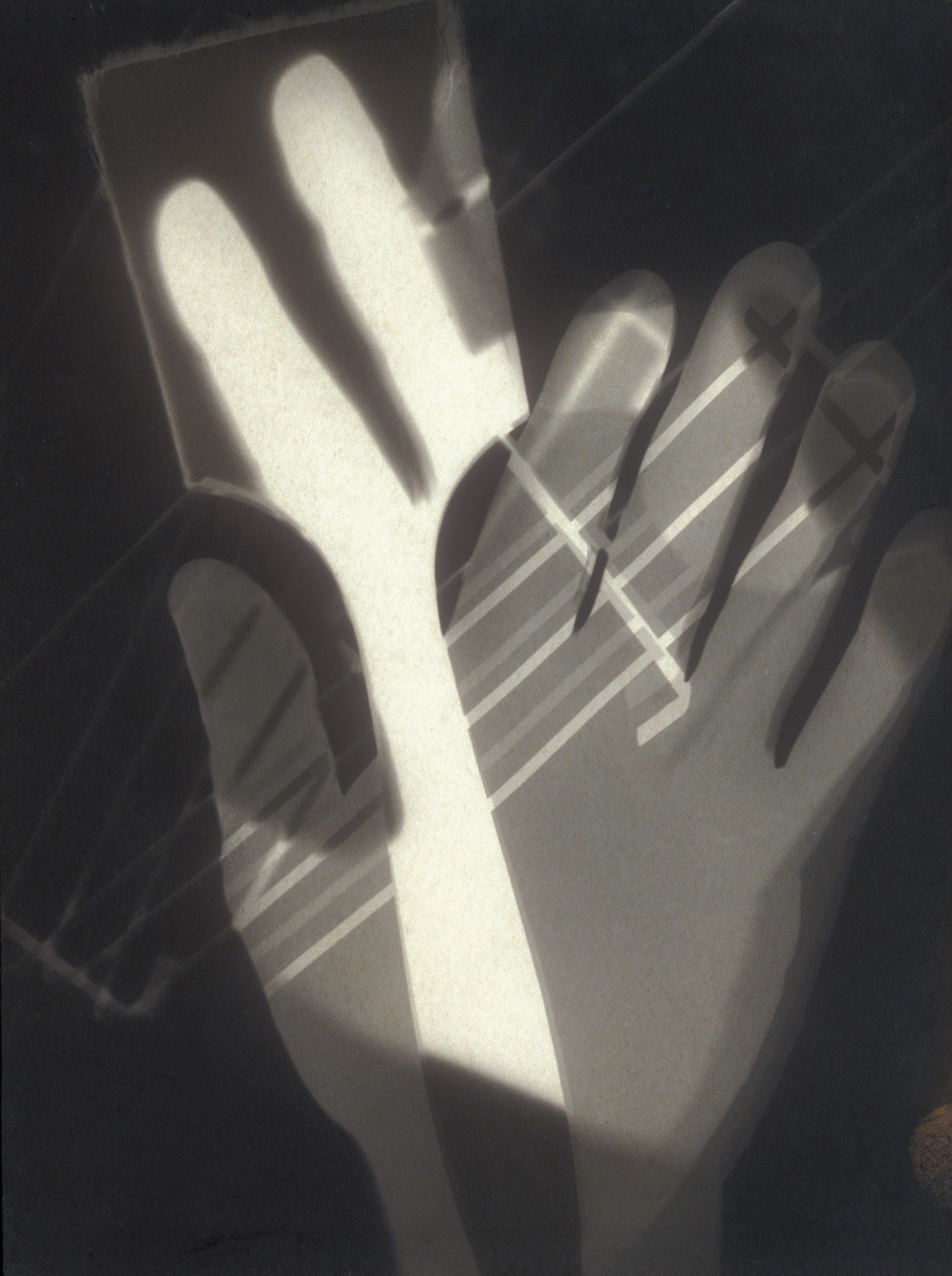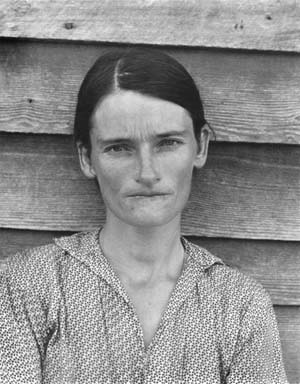 This photograph of Paul Strands was a different approach to his normal work of New Yorks street figures. The women captured in this photograph was a beggar said to of been fully blind, Grahame Clarke says in capture 6 of "The portrait in photography" The subject has no name, merely a number registering her as an official beggar. This helps me to understand what kind of women were beggars in this period of time. By looking at the beggars appearance you don't nessarly no she is blind without the name tag over her neck. Grahame Clarke talks about this in capture 6 of "The portrait in photography" by saying "the blind women demands significance and status, if for no other reason than the fact of her existence, and the emotional resonance of her condition" The interesting thought about this photograph is the pure unknown that by the women being blind she may not even no her photo is being taken and a part of strands project.
This photograph of Paul Strands was a different approach to his normal work of New Yorks street figures. The women captured in this photograph was a beggar said to of been fully blind, Grahame Clarke says in capture 6 of "The portrait in photography" The subject has no name, merely a number registering her as an official beggar. This helps me to understand what kind of women were beggars in this period of time. By looking at the beggars appearance you don't nessarly no she is blind without the name tag over her neck. Grahame Clarke talks about this in capture 6 of "The portrait in photography" by saying "the blind women demands significance and status, if for no other reason than the fact of her existence, and the emotional resonance of her condition" The interesting thought about this photograph is the pure unknown that by the women being blind she may not even no her photo is being taken and a part of strands project.
Monday, 12 December 2011
Paul Strand, Blind Women, 1961
 This photograph of Paul Strands was a different approach to his normal work of New Yorks street figures. The women captured in this photograph was a beggar said to of been fully blind, Grahame Clarke says in capture 6 of "The portrait in photography" The subject has no name, merely a number registering her as an official beggar. This helps me to understand what kind of women were beggars in this period of time. By looking at the beggars appearance you don't nessarly no she is blind without the name tag over her neck. Grahame Clarke talks about this in capture 6 of "The portrait in photography" by saying "the blind women demands significance and status, if for no other reason than the fact of her existence, and the emotional resonance of her condition" The interesting thought about this photograph is the pure unknown that by the women being blind she may not even no her photo is being taken and a part of strands project.
This photograph of Paul Strands was a different approach to his normal work of New Yorks street figures. The women captured in this photograph was a beggar said to of been fully blind, Grahame Clarke says in capture 6 of "The portrait in photography" The subject has no name, merely a number registering her as an official beggar. This helps me to understand what kind of women were beggars in this period of time. By looking at the beggars appearance you don't nessarly no she is blind without the name tag over her neck. Grahame Clarke talks about this in capture 6 of "The portrait in photography" by saying "the blind women demands significance and status, if for no other reason than the fact of her existence, and the emotional resonance of her condition" The interesting thought about this photograph is the pure unknown that by the women being blind she may not even no her photo is being taken and a part of strands project.
Sunday, 11 December 2011
Tina Modotti By Edward Weston 1923

This image of photographer Tina Modotti looks more to modernism, by photographing his lover in the daylight Edward Weston captures the photographers body in such detail to make the curves and features stand out. The photograph does make you wonder why Tina Modotti is not connecting with the photographer as they are romantically involved, it is as if he is looking past who she is and there relationship to keep the photograph purely focused on her body. Looking were this photograph might have been taken i no that by the sharp shadow underneath her, the sun was blazing down on to the nude body, giving us a bit more of an insight as to were this photograph was shot. Looking at the brick pattern on the floor it almost contrast with her silky smooth body making the textures of this photograph stand out even more to me.
Monday, 5 December 2011
Surrealism Claude Cahun


Claude Cahun was a French artist, photography who looked at surrealism with in gender. These self portraits of her are a variation of feminine and masculine, she dramatically changes her appearance to make the viewers question the gender. For example her photographs show such a diverse range of sexual identity, on one image she appears to have short hair with a stubbed chin which is contrast to her other image appearing to be a doll like female with extravagant make up. However the interesting part of this work is on some images she shows androgyny within her photos looking past both genders.
Sunday, 27 November 2011
Constructivism/ Moholy Nagy

Moholy Nagy was a painter and photographer from Hungaria he was highly influenced by constructivism in his work. I deicide to look at his Photorames which is when a photographs is used without a camera it is made by placing objects onto photo sensitive paper then exposing it to light. The photograph is a negative shadow in different tones were the object has been exposed. Looking at this photograph used by a hand and a paintbrush Moholy is pushing the idea that photography and painting are both incorporated with each other and that paintings are a vital expression of the modern age.
Pictorialism/ Gertrude Käsebier
Gertrude Kasebier is a fascinating photographer from the early 20th century. Her work is powerful and inspirational, focusing on motherhood and portraits of the Native Army she captured the strength and the experiences of these people in her work.Frances Benjamin Johnston a famous photography said Gertrude Kasebiers photos were
"At once the inspiration and despair of the growing army of pictorial photographers".


Looking through Kasbiers photographs i noticed she uses natural lighting in a lot of her work with relaxed poses to make the viewer feel comfortably when looking at her photographs. In some of her work she used brushwork to manipulate the background, working with a variety of printing techniques. She didn't however retouch the subject in her photography as she quotes she says they make people "look like peeled onions". I find her photography to tell a story of these working men and women, looking at their lives and how the world is almost a different place to this day.
"At once the inspiration and despair of the growing army of pictorial photographers".


Looking through Kasbiers photographs i noticed she uses natural lighting in a lot of her work with relaxed poses to make the viewer feel comfortably when looking at her photographs. In some of her work she used brushwork to manipulate the background, working with a variety of printing techniques. She didn't however retouch the subject in her photography as she quotes she says they make people "look like peeled onions". I find her photography to tell a story of these working men and women, looking at their lives and how the world is almost a different place to this day.
Monday, 7 November 2011
Postmodernism
 |
Monday, 10 October 2011
Modernism - Edward Weston

Edward Weston Original Photograph,, Untitled Rock Formations
This image is pure and simple, using natural light to create shadows and effects to the image without editing it. It is so pure and focused that you can see all the small details on the rock and careful understand the shape and angels the whole image gives. This rock formation is beauty in a natural form, showing a soft side by looking at the smooth edges on the over bright parts on the rock. This is contrast to the shadowed part that looks almost sharp and hard, giving great detail to the lines and cracks which is contained within the rock. When looking at the composition of the photograph i find it very interesting, there are so many angels and different shapes formed with in all the different rocks, and the fact that this photograph is not taken on the same view line as the rocks it gives you a greater effect in detail to be able to see more by taking the photo higher up.
Subscribe to:
Comments (Atom)
+(1280).jpg&sa=X&ei=R1dwT8a_Js6T0QW2xaGNAg&ved=0CAsQ8wc&usg=AFQjCNFByZ44FnykzLihZ1-cl6MSC-o2iA)
